Suitable for infants to age 10 and beyond, the Knit Health Monitor combines sophisticated technology with thoughtful design. It uses a highly calibrated system built upon decades of health research and expressed through a user-friendly interface to give you just the information you need to set your child up for the best sleep possible. An easy-to-mount HD video camera pairs with a smart phone app (currently iOS with plans to expand to Android) to provide real-time video, a summary of each night’s sleep as well as a weekly trend report. Together, these tools give you a peek into a world that was previously a mystery, helping parents understand how well their child is sleeping and why. With this knowledge, I can better anticipate my child’s mood and start to see patterns that lead to better sleep for him and, in turn, the entire family.
While my son is sleeping, the system delivers real-time video, audio and status reports with a detail and accuracy that have previously been achievable only through wearables. This is a significant advancement given how impractical wearables can be for young children. The system reliably identifies my preschooler when he’s in his crib, without any demand on me to simplify the surroundings. It has no trouble finding him amidst the blankets and stuffed animals surrounding him. Beyond tracking large movements, the Knit Health Monitor goes an extra step to track micro movements, which enables the app to visually display my child’s breathing through a pulsating circle. While I appreciate this as the parent who regularly puts my finger under my sleeping child’s nose to confirm he’s still breathing, this feature can be especially helpful if you have a child with known respiratory problems.
With the app, the information I need is at my fingertips – sleep status alongside room temperature, humidity, light levels and room noise level. Knowing this helps me understand what conditions are most conducive to my child’s sound, continuous sleep. Video data is analyzed in real time – taking into account motion, breathing and whether eyes are open or closed – to relay my child’s status (Awake, in Still Sleep or Active Sleep) and how long he’s been in that state. If left open, the app enters a low power mode that shows the sleep status and provides an audio stream. I enjoy the updates, as I’m often running into my children’s room as soon as I hear a peep. Since using the monitor, I’ve been able to instead first look at the app to see how actively awake my child is. If he’s really tossing and turning, I’ll go check on him. If he settles down quickly, I can keep an eye on him through the app until his status shifts from Awake to Still Sleep. There’s no need to guess whether he’s asleep or not. I can confidently go back to bed, assured that my child is sleeping peacefully.
While the beta app provides a daily dashboard, the production model will display the dashboard in real time, generating a sleep graph and video clips as the night progresses. In the morning, a cute moon icon immediately conveys if my child should be Well Rested, Rested, or Restless, based on his total sleep time. The sleep graph displays time periods of wakefulness and sleep through a segmented bar, going so far as to differentiate still sleep from active sleep. I’m also given total sleep time and how many times he woke over the course of the night. If I want to dig deeper, I can scroll through the bar to see exact times that my son transitioned from one state to another. The best part is that integrated with the sleep status bar are video clips of my son’s waking moments, helping me understand what may be disrupting his sleep as well as how long it takes him to return to sleep. It’s fascinating to catch a glimpse into my child’s nightlife. The Knit Health Monitor has caught older siblings performing for younger ones as well as kids singing to themselves in the middle of the night. Some clips are highly entertaining and, luckily, Knit Health gives you the opportunity to save and share your videos. This can be fun for sharing with relatives as well as helpful in conveying any concerns to doctors.
Beyond providing insight into a specific night’s events, the monitor also tracks sleep behavior over time and looks for trends and deviations, providing info such as average sleep time/wake time and sleep duration. These trends will appear every morning on a rolling 7-day basis. Historical data is also available to easily spot trends over longer periods of time. Tips let you know what you should expect for different aged children, and suggestions help you understand how you can set your child up for the best night’s sleep.The Knit Health Monitor is currently in the final stages of its Kickstarter campaign, so it’s the perfect time to snag one at a highly discounted price. The Knit Learning Health Monitor usually runs $249 with a Knit Assist 1-year Subscription of $99/year or $9.99/month, but you can get the full package as an early Kickstarter backer for only $199. The first 100 monitors will be delivered in March, with subsequent shipments rolling out in April and May. Check out the Knit Health campaign on Kickstarter
, running through November 17th.
Full disclosure: I previously worked with the founders at IDEO and appear in the Kickstarter video supporting it.


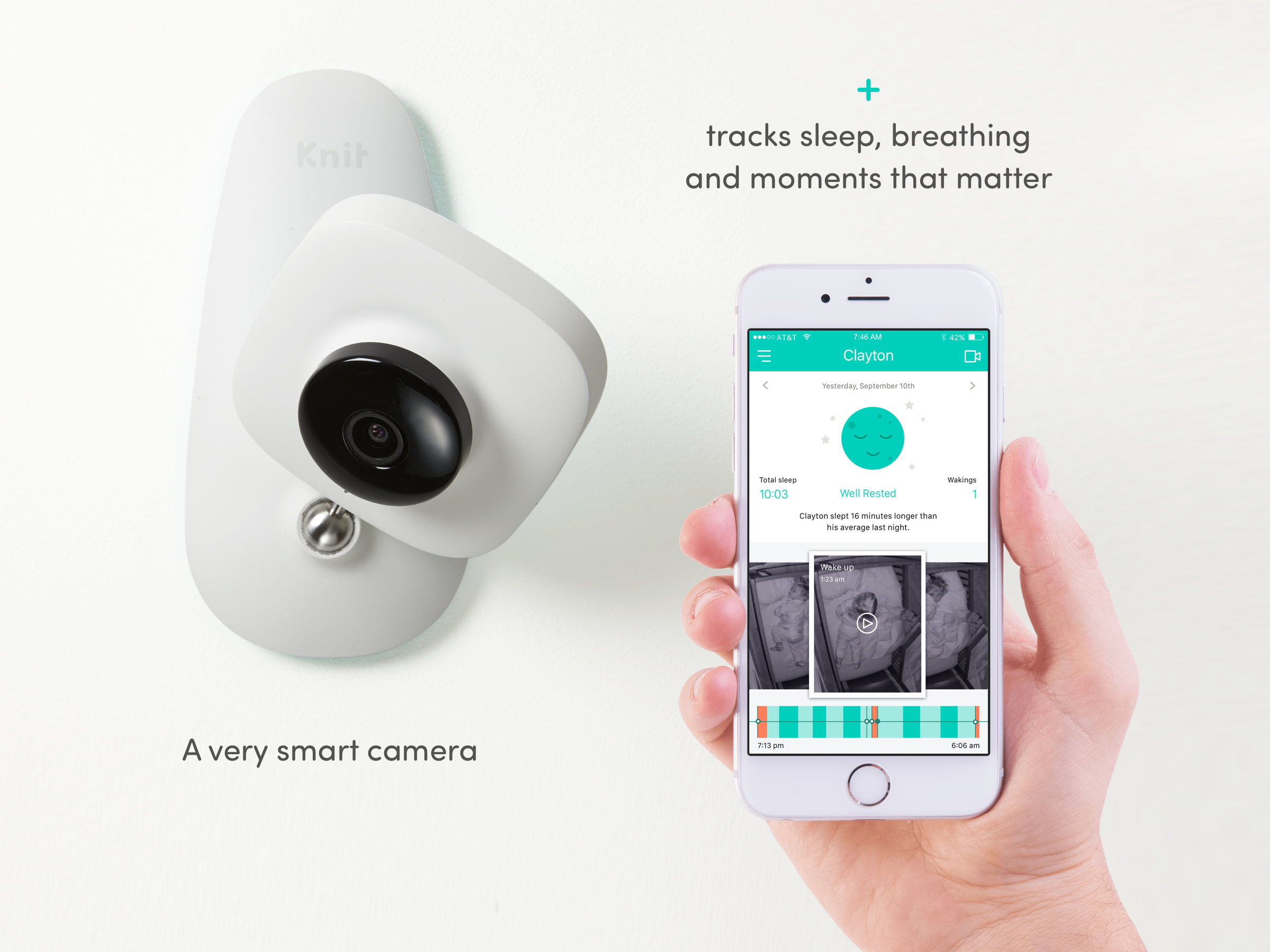
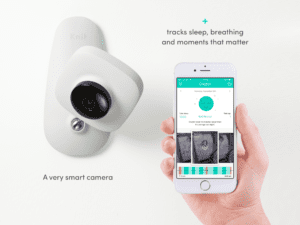
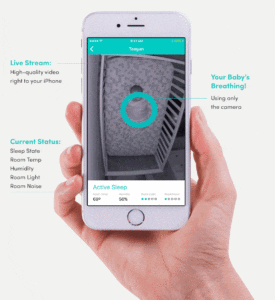
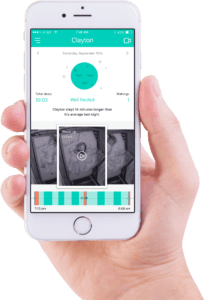
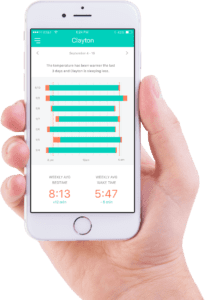
Looks like a knockoff of the Nanit baby monitor! What a joke.
@Leah J
We are indeed developing similar products. Although we’re proud of some of our distinctive differences, namely our ability to detect breathing and the flexibility of mounting it over any bed or crib, allowing parents to track sleep long into the toddler and preschool years.